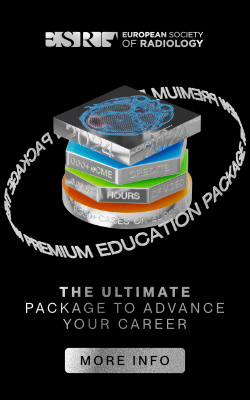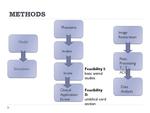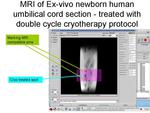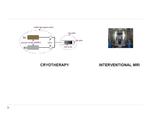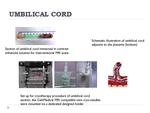Purpose
This study aimed to contribute to the scientific understanding of the physics of MRI of freezing and thawing processes.We considered some of the basic MRI properties, which are temperature dependent. This is what made MRI the modality of choice for providing near-real-time visualization of both changing morphology and 3D temperature distribution maps during thermal-therapy procedures.1. Investigate and model the effects of extreme thermal stress on tissue and their reflection in MRI parameters such as T1-1relaxation rate.2. Develop an optimized protocol for thermal ablation, considering thermal...
Methods and Materials
MRI: PoleStar-10 system, (Medtronic ltd.) open, parallel bi-planar permanent-magnet system;10 cm3FOV; 0.12TeslaTo take advantage of the fact that our experiments were of ex-vivo samples we added to the protocol non interventional MRI systems capable of high resolution and Diffusion Weighted MRI protocolsThus, two additional MRI systems were used:DRX 300WB vertical NMR spectrometer (Bruker, Germany) with micro imaging system (Physical Chemistry Lab, TAU);7T/30cm (360)BioSpec system (Bruker, Germany) equipped with a BGU20 gradient system, capable of producing pulse gradients of 400mT/m in each of the three directions...
Results
We have tested the feasibility of experiments in MRI monitoring of cryotherapy, both in phantoms and ex vivo.We modeled temperature dependent mechanisms in tissue and their influence on spin-lattice relaxation-rate T1-1.We have launched simulations of MRI scans in transient thermal conditions. The results establish the feasibility of research.This project aims to contribute to the scientific understanding of umbilical cord dynamics inflicted by local extreme temperatures and its MRI appearances. Development of our approach might set the initial foundations for MRI monitoring of umbilical cord cryotherapy
Conclusion
Our research focused on feasibility studies of MRI monitoring of ex-vivo umbilical cord cryosurgery. As the number of high risk pregnancies of multiple embryos increased dramatically in the last decade, there is an increasing clinical need for in-uterus interventions. We have incorporated modeling and simulations of temperature dependent mechanisms in tissue and their influence on MR parameters such as R1. The project combined umbilical cord grading, MRI scanning, cryotherapy administration, flow management, computational analysis (on Matlab® platform) and evaluation.These complemented each other for the feasibility...
References
Jolesz FA. Interventional and intraoperative MRI: a general overview of the field. J Magn Reson Imaging 1998 January;8(1):3-7.Blanco RT, Ojala R, Kariniemi J, Perala J, Niinimaki J, Tervonen O. Interventional and intraoperative MRI at low field scanner - a review. European Journal of Radiology 2005;56(2):130-42.Gage AA, Baust JG. Cryosurgery - A review of recent advances and current issues. Cryoletters 2002;23(2):69-78.Rabin Y, Shitzer A. Numerical solution of the multidimensional freezing problem during cryosurgery. Journal of Biomechanical Engineering-Transactions of the Asme 1998;120(1):32-7.Schulz T, Puccini S, Schneider JP,...
